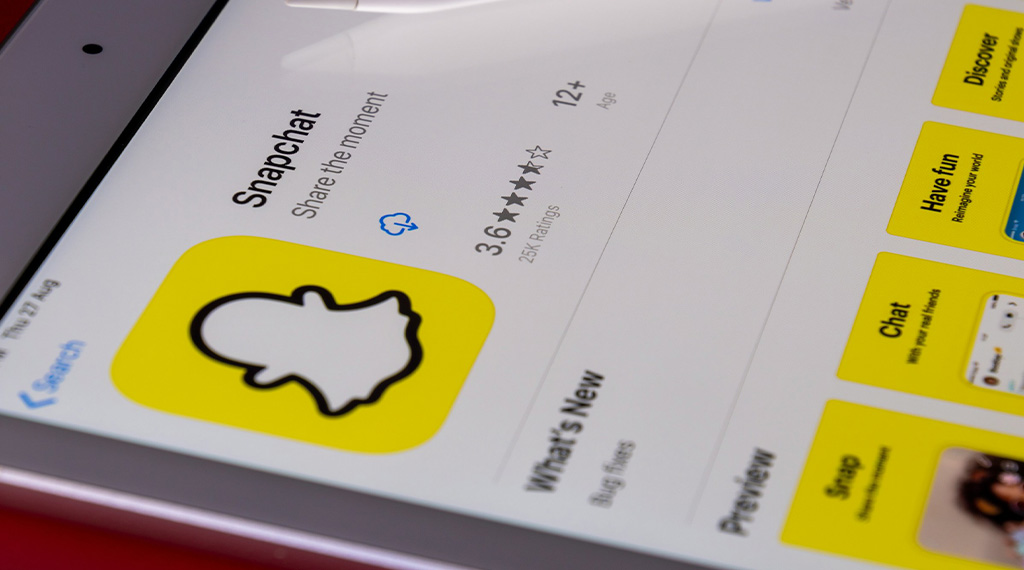Snapping the News: How a Public Service Media Newsroom Uses Snapchat to Reach Young People

Reaching young people has become a strategic priority for Public Service Media (PSM) in many Western countries, as these organisations face challenges in engaging those audiences with the news. To expand their reach, PSM organisations often rely on social media platforms. However, this reliance creates dependencies on platforms like Facebook, Instagram, and Snapchat. These platforms are driven by commercial interests, leading to datafication and algorithmic filtering, which do not align with the values driving PSM, such as universality, independence, diversity, and accountability. As gatekeepers, these platforms significantly influence news dissemination, posing challenges to journalistic integrity and PSM’s core ideals. These concerns are particularly relevant given the central role of digital intermediaries in reaching youth.
This study focuses on the Norwegian Broadcasting Company (NRK), Norway’s public service media (PSM) organisation, and its efforts to target young audiences on Snapchat. Despite the global popularity of TikTok, Snapchat remains a major platform in Norway, particularly among young adults. As scholarly research on how newsrooms navigate Snapchat’s rules and metrics for disseminating news is limited, this study aims to fill that gap by exploring how journalists produce news for Snapchat, while adhering to PSM obligations and examining the implications for content dissemination and audience reach.
The research uncovers complex gatekeeping processes throughout the publication process, referred to as “dynamic gatekeeping,” in which journalists navigate Snapchat’s algorithmic gatekeeping. This involves interpreting audience metrics, adhering to Snapchat’s guidelines, and responding to audience reactions as seen in analytics. NRK’s news flow on Snapchat involves a reciprocal relationship between journalistic decisions and platform algorithms. The study identifies three key gate-keeping stages: pre-publication, publication-stage, and post-publication.
In the pre-publication phase, journalists at NRK UNG (NRK Youth) use Snapchat metrics from the Story Studio to prioritise and produce news stories. This data provides detailed information about the audience and influences decisions on news topic selection and presentation. The goal is to maximise engagement from the target youth demographic. The newsroom monitors metrics such as click-through rates, reading times, and audience demographics. They adjust the content to align with audience preferences and algorithmic influences. Despite relying on these metrics, journalists argue that they prioritise independent editorial decisions based on news values and ethics.
During the publication stage, Snapchat’s algorithms directly influence the selection of “tiles” (front page visuals for Snapchat editions) through ABCD testing. This testing helps determine which tile will engage the audience most effectively, influencing the prominence of specific stories. The newsroom creates multiple tiles for each story and uses algorithmic feedback to improve future editions. This process highlights the interplay between the platform’s algorithmic decisions and journalistic content creation.
Post-publication, Snapchat’s flagging system enforces community guidelines by restricting the dissemination of content deemed inappropriate. This flagging often frustrates journalists, as it limits the reach of what they believe to be important stories. Violations, such as those related to graphic content or commercial elements, result in flagged stories that only reach existing subscribers. Journalists adapt by modifying content to avoid flagging but express concerns about the inconsistent enforcement of guidelines and its impact on editorial integrity.
The study examines the complex and ever-changing relationship between PSM journalists and Snapchat’s algorithmic gatekeeping. It underscores the difficulties of upholding journalistic independence while reaching out to younger audiences on external platforms. These findings call for careful consideration of the implications for PSM’s editorial autonomy and the credibility of their news coverage. As PSM organisations grapple with these challenges, the study recommends additional research into the broader effects of platform algorithms on journalistic methods.
Røsok-Dahl, H., & Kristine Olsen, R. (2024). Snapping the news: Dynamic gatekeeping in a public service media newsroom reaching young people with news on Snapchat. Journalism, 0(0). https://doi.org/10.1177/14648849241255701
